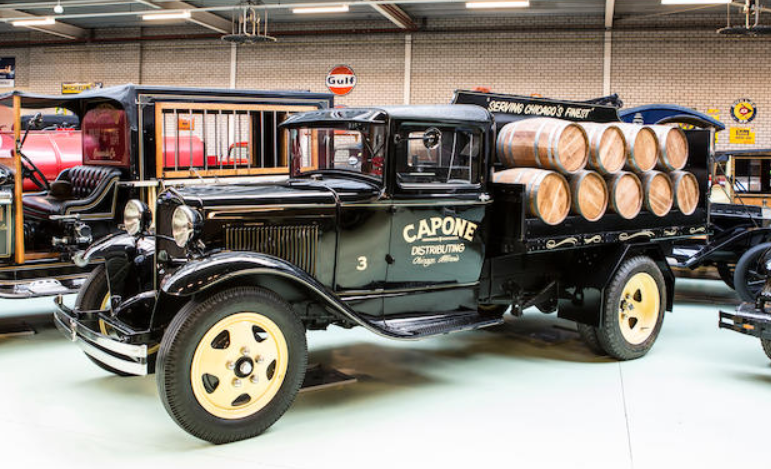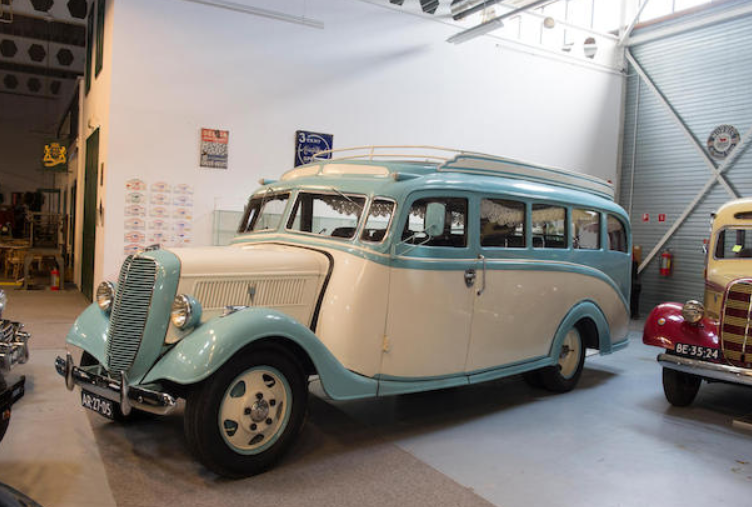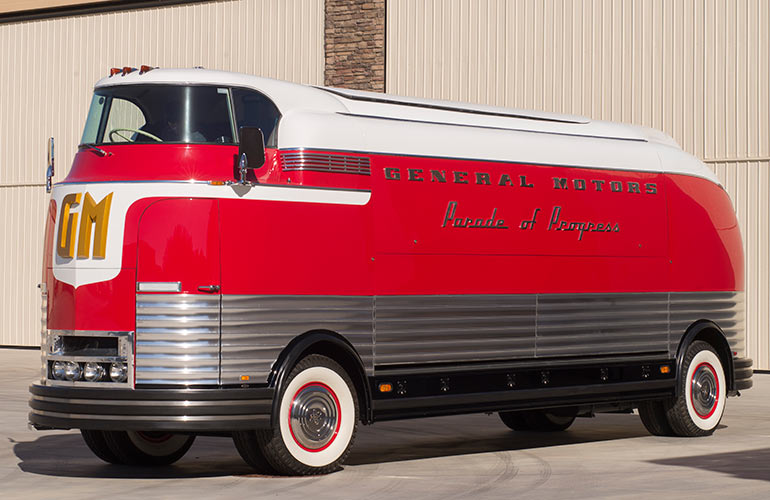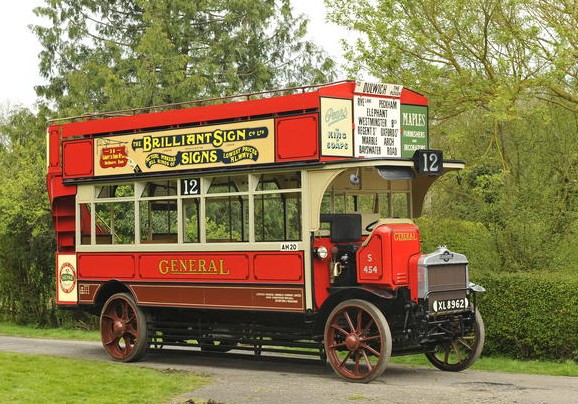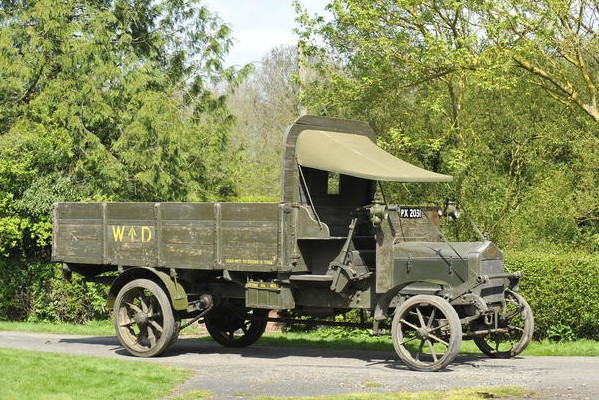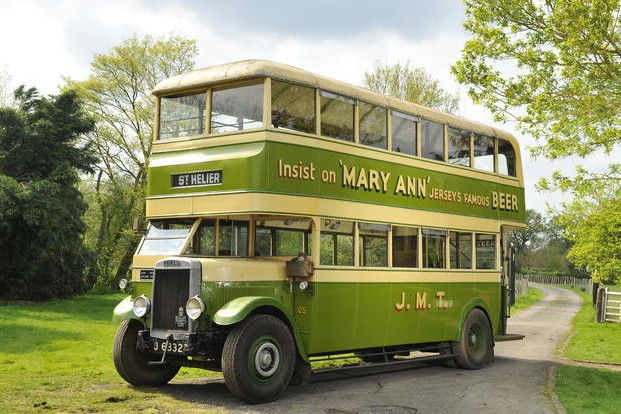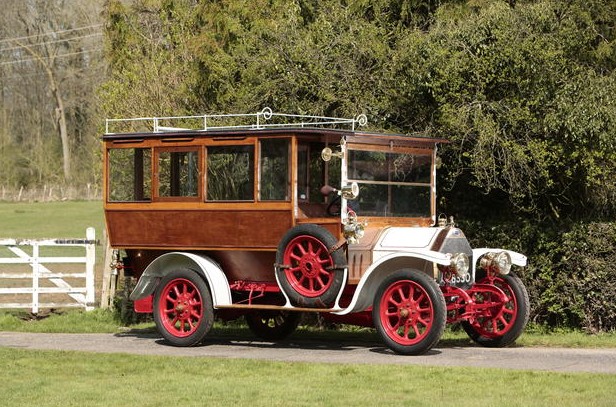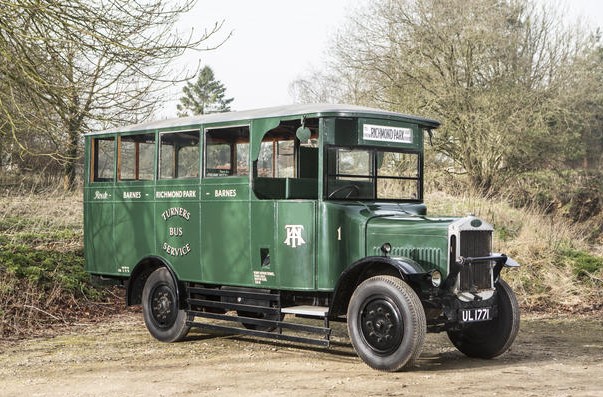Three German Vans
Offered by Dorotheum | Vosendorf, Austria | July 2, 2022
1954 Tempo Viking Bus
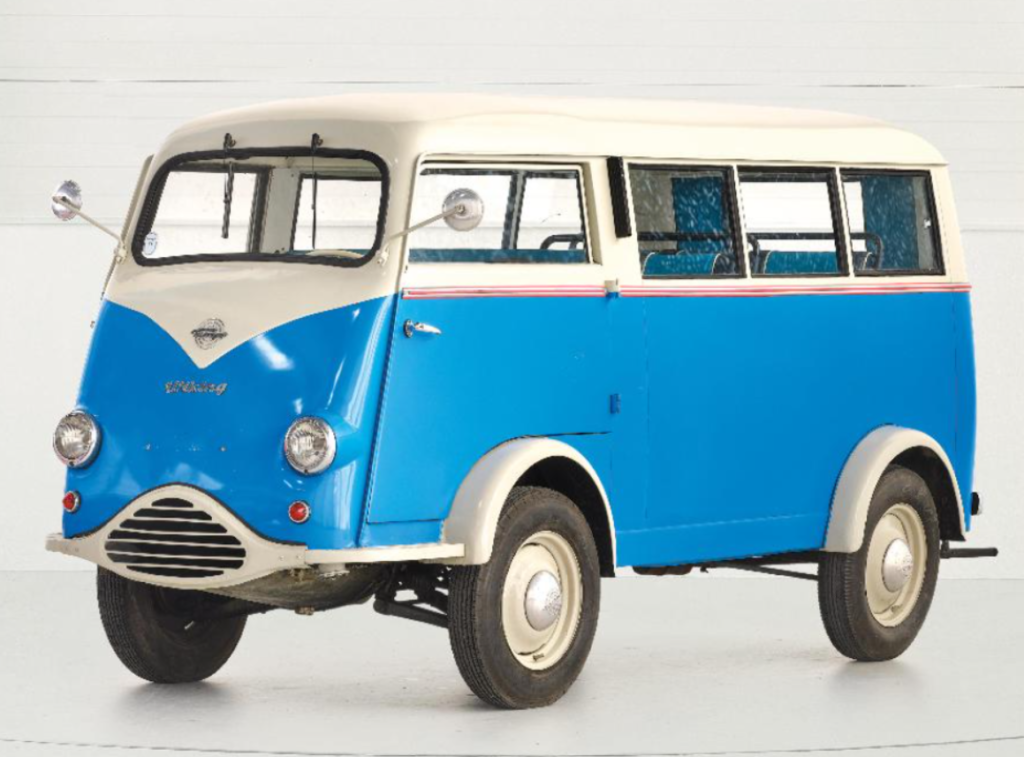
Tempo-Werke (officially Vidal & Sohn Tempo-Werke GmbH) was a Hamburg-based company that got their start in 1924. The company was purchased by Daimler-Benz in 1971, and the marque was phased out after 1977.
The Viking was introduced in 1950 to replace previous three-wheeled light trucks. A pickup and van were offered, with power from a 452cc two-stroke twin making about 20 horsepower. They featured a front-engine, front-wheel-drive layout. Top speed was about 40 mph.
This passenger van variant has three rows of seats and has been restored to a condition probably better than when it was new. This Viking is estimated at $19,000-$27,000. Click here for more info.
Update: Sold $17,168.
1967 Barkas B 1000 Kasten

VEB Barkas-Werke was an East German manufacturer of vans that existed from 1958 until 1991. And they made essentially one product during that time: the B 1000 (they also produced engines for Trabant). In over 30 years, they somehow managed to only make about 176,000 of these.
But they are kind of iconic in that the front-engine, front-wheel drive van is the vehicle of choice for baddies on the “wrong side” of the Berlin Wall. The engine is a 1.0-liter two-stroke inline-three that made about 41 horsepower.
An unlikely full-restoration candidate, this van has had just such a thing. It carries an estimate of $15,000-$23,000. Good luck finding a better one. Click here for more info.
Update: Sold $17,168.
1956 Goggomobil TL-300 Transporter

About 2,000 Transporter models were built by Goggomobil, or Glas, the company that produced the Goggomobil. These were built at the request of the German postal service, and they very much do like look a mail van.
Different levels were offered. We’ve featured a TL-250 Transporter and a TL-400. This is an early model and is a TL-300, meaning it is powered by a 298cc two-stroke inline-twin. Output was rated at 15 horsepower.
Of the 3,667 Transporters produced, only about 100 are known to exist, a quarter of those thought to be roadworthy. The estimate is $63,000-$84,000. Click here for more.
Update: Not sold.




